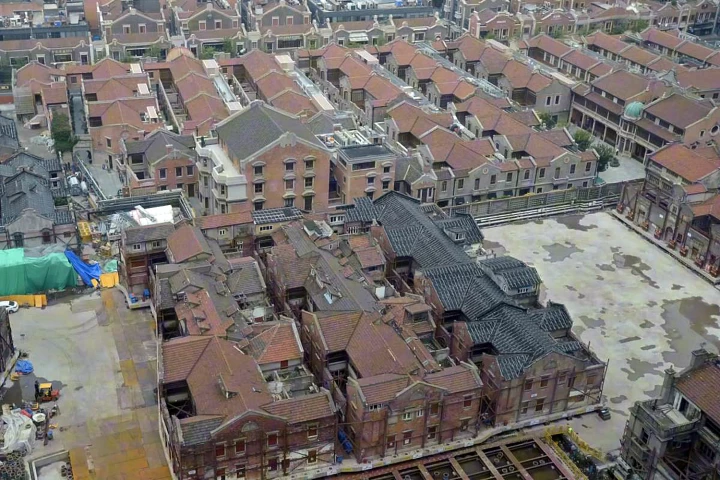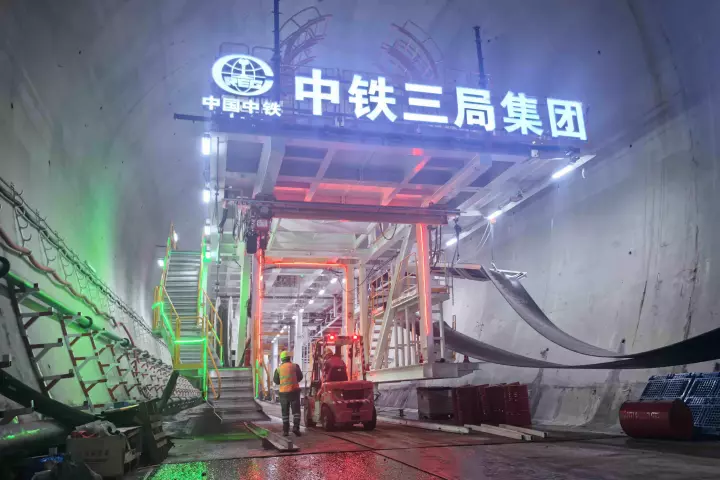Construction
-
How do you relocate an entire city block with 100-year-old brick buildings on it so you can build a multi-level subterranean shopping center, parking lot and subway connections underneath? With robots, of course.
-
From home-building micro-factories to wall-building excavators, robotic construction workers are coming on strong. Civ Robotics now brings bot benefits to the planning stage of the construction process with autonomous, battery-powered surveyors.
-
Oyster mushrooms and bits of bamboo sound more at home on a Chinese menu than stuck to the wall, but scientists have used this mix to make aesthetically pleasing tiles with bumps and textures that help regulate temperature much like elephant skin does.
-
Deep-sea sponges have a secret: their light lattice-like forms are astonishingly stiff and strong. Inspired by these creatures, RMIT researchers have developed a new structure to make significantly stronger materials for more durable buildings.
-
What was supposed to be luxury high-rise living in NYC, with a sweet view overlooking the East River, turned into a financial fiasco and a construction blame game that put a halt to the potentially unfixable leaning tower described as banana-shaped.
-
Deep below the rugged landscape of central China lies an engineering marvel the size of a 60-story building, boring chunks of hard rock and soil, inch by inch, on a quest to bring water to millions of people.
-
When most of us think of freshly poured concrete, we picture a material that should be left to dry as smooth as possible. A new robot drives right over the stuff, however, gouging its surface to make structures stronger yet also cheaper to build.
-
Using a 3D printer that works with molten glass, researchers forged LEGO-like glass bricks with a strength comparable to concrete. The bricks could have a role in circular construction in which materials are used over and over again.
-
The ingenuity of ancient Egyptian engineers may have been more advanced than we thought. A currently unexplained ancient structure may have been part of a water purification system feeding a hydraulic lift to raise huge stone blocks to build a pyramid.
-
This mobile manufacturing machine turns rubble from destroyed buildings into bricks – bricks which can be stacked and joined together Lego-style to form mortarless structures. Years in the making, the first mobile brick factory is headed to Ukraine.
-
A robotic truck equipped with a mighty telescopic boom arm has just journeyed from Australia to Florida. Now the construction robot will get busy churning out up to 10 houses in a bid to become the employee of choice for building entire communities.
-
A new solution from Cambridge University could recycle both concrete and steel at the same time, by throwing old concrete into steel-recycling furnaces. If done using renewable energy, the process could make for completely carbon-zero cement.
Load More











